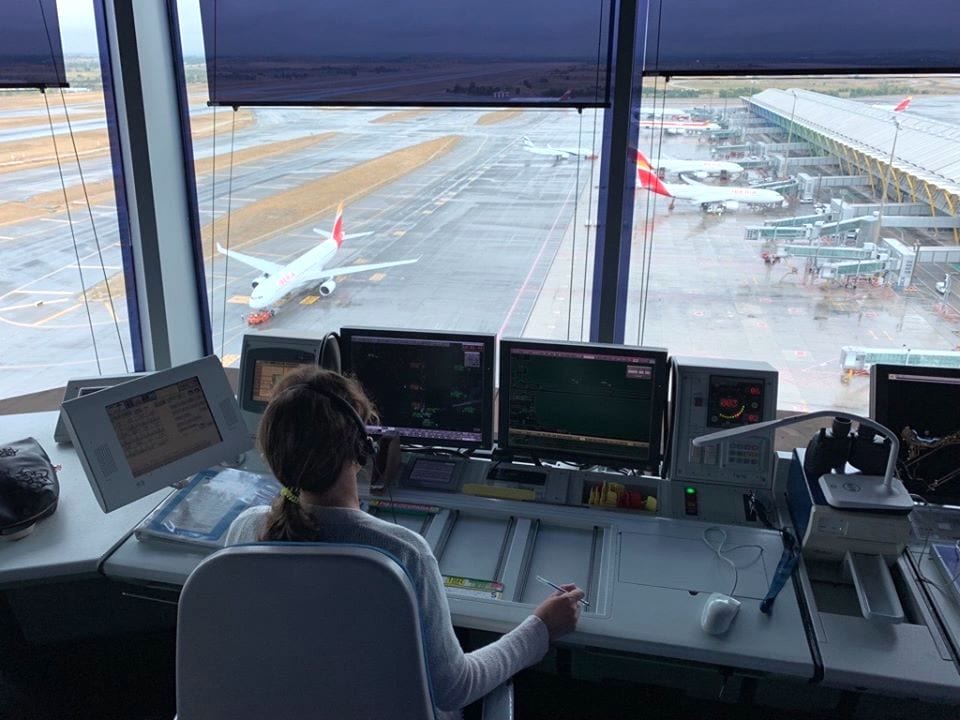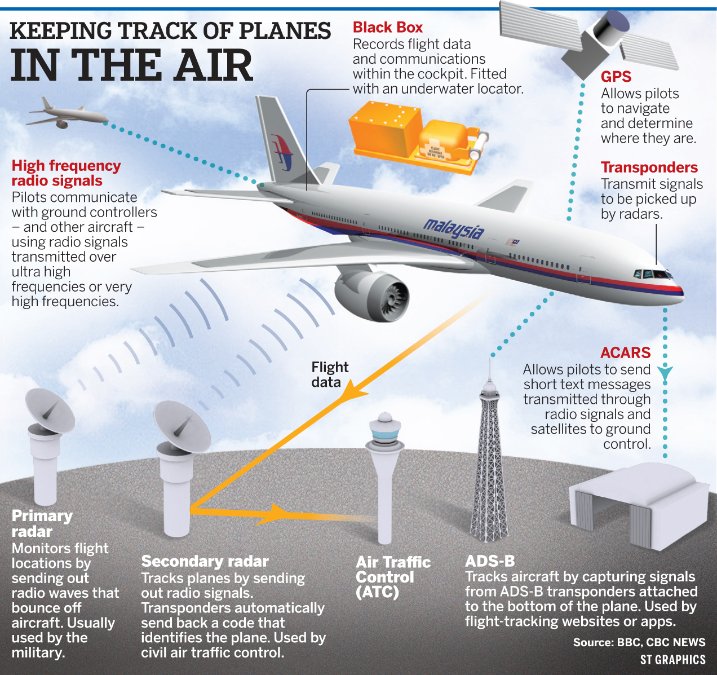Air Traffic Control Entities
Ethics are defined by the Oxford dictionary as “moral principles that govern a person's behavior or the conducting of an activity.” In any industry, specially one with as much human contact as aviation, ethics are crucial. This brings me back to my first post for this course. Aviation ethics to me mean operating in a manner that guarantees safety for passengers, employees and the general public; while operating in a transparent, honest way. In order to ensure ethics in aviation, air carriers and the general industry must hold privacy, confidentiality, honesty, and equity as their primary values. They must do this to ensure everyones safety as well as foster a fair industry. Which leads me to discussing two different but cooperative agencies of air traffic control.
The FAA defines air traffic control as "the services conducted by proper authority to facilitate the safe, orderly, and expeditious circulation of air traffic.” In the case of the USA, ground-based ATC are certified by the FAA. Tower control, approach and departure control, and en route control are all examples of air traffic monitoring in a given airspace or location. To gain an accurate overview of the aircraft flying in the area they supervise, air traffic controllers employ radar devices positioned at or near the ATC site.Ground controllers, hence, oversee taxiways, holding areas, and other areas where aircraft is not in the runway or departure stage.
Air Traffic Control and Oceanic Traffic control are both crucial to ensure safe transport within the skies and over the sea. Although they both have many differences, they both hold safety in the highest regard. ATOP is the program oceanic air traffic control utilizes. A country may assume responsibility of oceanic airspace and hence incur in surveillance and flight data processing, in order to distance airplanes from each other in the airspace and terrain by establishing, monitoring, and maintaining a safe distance between them. Now, if both entities are monitoring airspace, what is the need for both? The need for OTC is because air traffic controllers generally follow flights using radar equipment, which can only detect planes up to 200 miles offshore. Air-carriers are then normally outside from radar range after flying more than 200 miles over the ocean.
To summarize, although both entities work together in order to ensure safety on ground and on air, they oversee different locations. Nevertheless, both are essential to maintain ethics in aviation and a prosperous industry.
References
FAA. (2015). FAA jo order 7110.65W, Air Traffic Control. Air Traffic Control. Retrieved March 2, 2022, from https://www.faa.gov/documentlibrary/media/order/atc.pdf
FAA. (2020, August 28). Advanced Technologies & Oceanic Procedures (ATOP). Advanced Technologies & Oceanic Procedures (atop). Retrieved March 2, 2022, from https://www.faa.gov/air_traffic/technology/atop/
FAA. (n.d.). Section 2. ATOP - Oceanic. Atop - oceanic. Retrieved March 2, 2022, from https://www.faa.gov/air_traffic/publications/atpubs/atc_html/chap13_section_2.html
The FAA defines air traffic control as "the services conducted by proper authority to facilitate the safe, orderly, and expeditious circulation of air traffic.” In the case of the USA, ground-based ATC are certified by the FAA. Tower control, approach and departure control, and en route control are all examples of air traffic monitoring in a given airspace or location. To gain an accurate overview of the aircraft flying in the area they supervise, air traffic controllers employ radar devices positioned at or near the ATC site.Ground controllers, hence, oversee taxiways, holding areas, and other areas where aircraft is not in the runway or departure stage.
Air Traffic Control and Oceanic Traffic control are both crucial to ensure safe transport within the skies and over the sea. Although they both have many differences, they both hold safety in the highest regard. ATOP is the program oceanic air traffic control utilizes. A country may assume responsibility of oceanic airspace and hence incur in surveillance and flight data processing, in order to distance airplanes from each other in the airspace and terrain by establishing, monitoring, and maintaining a safe distance between them. Now, if both entities are monitoring airspace, what is the need for both? The need for OTC is because air traffic controllers generally follow flights using radar equipment, which can only detect planes up to 200 miles offshore. Air-carriers are then normally outside from radar range after flying more than 200 miles over the ocean.
To summarize, although both entities work together in order to ensure safety on ground and on air, they oversee different locations. Nevertheless, both are essential to maintain ethics in aviation and a prosperous industry.
References
FAA. (2015). FAA jo order 7110.65W, Air Traffic Control. Air Traffic Control. Retrieved March 2, 2022, from https://www.faa.gov/documentlibrary/media/order/atc.pdf
FAA. (2020, August 28). Advanced Technologies & Oceanic Procedures (ATOP). Advanced Technologies & Oceanic Procedures (atop). Retrieved March 2, 2022, from https://www.faa.gov/air_traffic/technology/atop/
FAA. (n.d.). Section 2. ATOP - Oceanic. Atop - oceanic. Retrieved March 2, 2022, from https://www.faa.gov/air_traffic/publications/atpubs/atc_html/chap13_section_2.html



Comments
Post a Comment